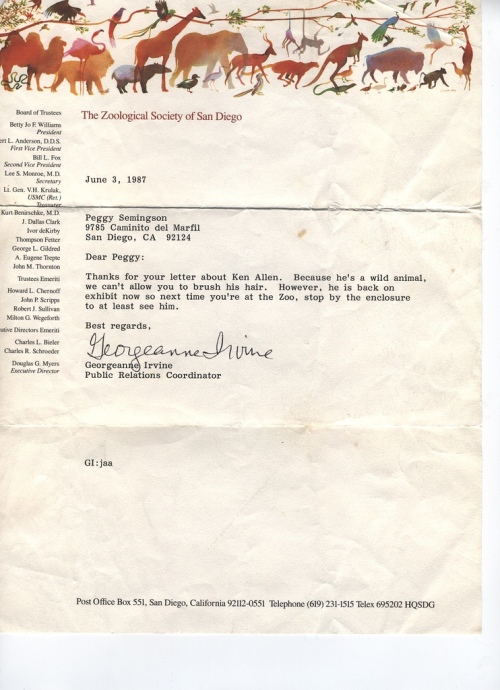I take a break from writing on things academic to write about that 1/3 of my life that I spend in sleep. My dream world is rich with symbolism and enigma.
I often dream of buildings. These are the most frequently occurring themes:
Dorm-like buildings. I live alone. They are usually smaller studios or lofts. I spend time in the stairwell going up and down. The elevator brings anxiety but I use it, too, often alone. I try to get to the top floor most of the time but spend more time trying to navigate the stairwells, trying to get to the top floor.
Skyscraper loft condos. The open room overlooks the ocean and it has a big glass window from floor to ceiling. It’s near the ocean, but it’s also in California, a place I intentionally left behind. It’s not really anywhere familiar but I know it’s usually northern California, or north of Santa Barbara anyways. There is no furniture, there are hardwood floors, and I’m fascinated by how the water is so close. Sometimes the house has a stairwell right in the middle of the house.
Very large, old, yet-to-be-explored houses with extravagant furniture, twists and turns in the hallways, and lots of staircases. Sometimes these houses are a place I am “house-sitting for” (e.g., a couple or a crabby old woman) and they return and all of a sudden it isn’t my house anymore. These houses are ultra spacious and seemingly endless and open to exploration. I spend time in the dream just seeing what all there is to explore. The rooms are often Victorian or possessing vintage furniture and decor. They are often shadowy, but are marked mostly by their spaciousness. Sometimes these houses have many multiple stories and I take the stairs–often narrow and winding–up to the attic–a small room that is sparsely furnished and extremely well lit with sunshine streaming in, in contrast to the more mysterious and shaded downstairs with closed and draped windows. I have this recurring dream most of all, of all the dreams with the “building” motif.
Dreams of monasteries or spiritual places in the countryside. There is one place I keep returning to to “visit” in a dream that is in a very pastoral setting sometime in the recent past (e.g., turn-of-the-century). It requires driving down a narrow, winding road that is almost like the Highway 101 that hugs the coast of the real-life journey from Santa Barbara to Ventura, except it’s inland, and in a lush and green, grassy area. Sometimes the monastery is in a somewhat populated setting, but more often it’s in a remote place. I eagerly seek the journey there in the dream. I never arrive, but I enjoy the familiar trip getting there because I know where I’m going and that it will be peaceful once I arrive. Sometimes there is an open market there on the way, where I see people I know, people who appreciate me for who I am and welcome me.
Very large academic libraries, but I am mostly on the outside of the library building itself. There is a large perimeter to the building and I am looking for the books. I am usually alone and just enjoying the beauty of the place, of the sleek lines of the building and the knowledge that it contains wisdom within and that it will always be there.
Sometimes I wish I lived in one of these places in my waking world. I often do miss my condo in Austin which I perceive to be a spacious, comforting sanctuary and something I still own but is no longer a part of my daily life. I like where I live now, but it doesn’t feel like my “home” in the sense that my condo did.




























